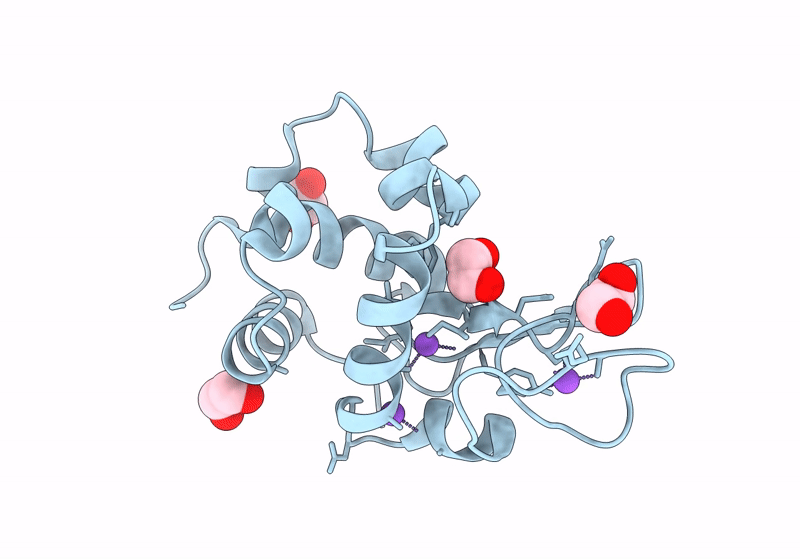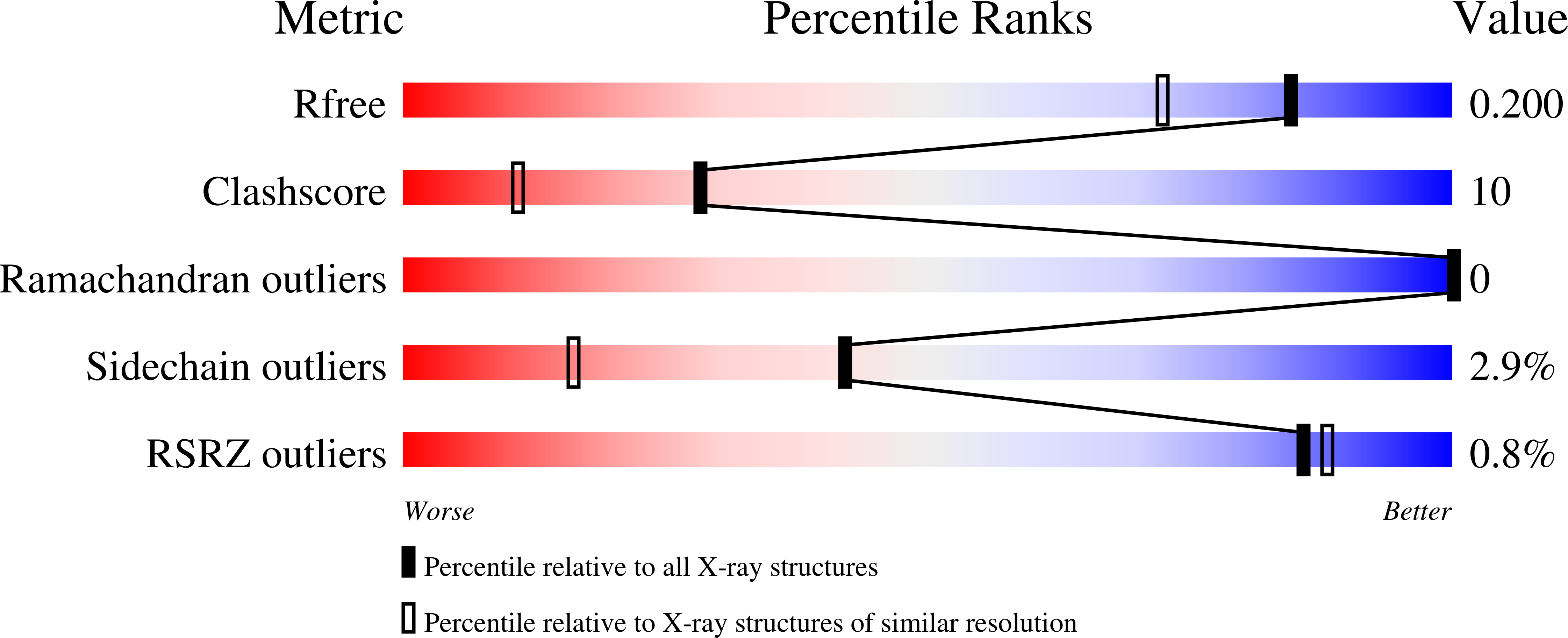
Deposition Date
2024-03-27
Release Date
2024-04-10
Last Version Date
2024-10-16
Entry Detail
PDB ID:
9B7E
Keywords:
Title:
S_SAD structure of HEWL using lossy compression data with a compression ratio of 422
Biological Source:
Source Organism:
Gallus gallus (Taxon ID: 9031)
Host Organism:
Method Details:
Experimental Method:
Resolution:
1.65 Å
R-Value Free:
0.20
R-Value Work:
0.16
R-Value Observed:
0.16
Space Group:
P 43 21 2


